Google has just dropped the first public beta for Android 16, and with it comes a host of new features and refinements. Among the most anticipated is the introduction of “Live Updates,” a new notification style clearly inspired by Apple’s Live Activities. But don’t expect a carbon copy. Google’s implementation takes a more restrained approach, raising questions about whether it will truly capture the dynamic, real-time magic of its iOS counterpart.
This initial beta release, launched on January 23, 2025, marks the first step in a four-part public beta program leading up to Android 16’s official launch later this year. While early betas tend to focus on developer-facing changes, this one offers a tantalizing glimpse into some key user-facing features. Beyond Live Updates, Google is also pushing for better app adaptability on large screens and introducing support for the Advanced Professional Video (APV) codec. But for many, the spotlight is firmly on how Android 16 handles those persistent, glanceable notifications that have become so popular on iPhones.
Live Updates: A Different Flavor of Real-Time
Live Activities on iOS have been a game-changer, providing a dynamic way to track ongoing events like sports scores, ride-sharing ETAs, or delivery progress directly from the lock screen. Android 16’s Live Updates aim to deliver similar functionality, but with a more measured approach.
Google describes Live Updates as a “new class of notifications that help users monitor and quickly access important ongoing activities.” Think of things like tracking your Uber ride, getting delivery alerts, or following turn-by-turn navigation. These notifications will have a prominent position on the lock screen, ensuring they don’t get buried under less time-sensitive alerts.
The key difference lies in Google’s emphasis on what it considers “important ongoing activities.” While Apple’s Live Activities encompass a broader range of use cases, including sports scores and timers, Google seems to be focusing initially on progress-centric scenarios like rideshares, deliveries, and navigation. This narrower focus could be a strategic move to ensure a consistent and refined user experience, especially in this early iteration.
To implement Live Updates, developers will utilize the new ProgressStyle notification template. This template allows for customization, including distinct colors for segments and points, and even custom icons for the start, end, and current progress. However, Google specifically recommends using custom progress icons only for “ride-sharing, food delivery, and navigation use cases,” further reinforcing its focus on these core scenarios.
My Take: Potential and Pitfalls
Having used both Live Activities on iOS and now experiencing the early stages of Live Updates on Android 16, I can see both the potential and the limitations of Google’s approach.
On the one hand, I appreciate the emphasis on a clean and consistent user experience. By focusing on specific use cases, Google can ensure that Live Updates are well-integrated and visually appealing. The ProgressStyle template seems robust enough to provide developers with the flexibility they need while maintaining a unified design language.
However, I also worry that Google’s initial conservatism might limit the versatility and ultimate usefulness of Live Updates. Live Activities on iOS have proven incredibly popular precisely because of their wide range of applications. From tracking workouts to following flights to monitoring cooking timers, the possibilities seem endless.
By restricting Live Updates to a narrower set of scenarios, Google risks missing out on this broader appeal. Imagine the possibilities:
- Sports Fans: Following live game scores and key plays without unlocking your phone.
- Travelers: Keeping an eye on flight status, gate changes, and baggage claim information.
- Home Chefs: Monitoring multiple timers for different dishes simultaneously.
These are just a few examples of how a more expansive approach to Live Updates could significantly enhance the Android experience.
It’s important to remember that this is just the first beta. Google may expand the scope of Live Updates in future releases based on developer feedback and user testing. However, the initial signs suggest a more cautious approach compared to Apple’s bolder implementation.
Beyond Live Updates: A Quick Look at Other Key Features
While Live Updates are grabbing the headlines, Android 16 Beta 1 also brings other noteworthy changes:
- Improved App Adaptability: Google is tackling the issue of apps not properly utilizing screen real estate on large-screen devices like tablets and foldables. They are phasing out the ability for apps to restrict screen orientation and resizability, pushing developers to create more adaptive layouts that work seamlessly in both portrait and landscape modes.
- Advanced Professional Video (APV) Support: For content creators and video enthusiasts, Android 16 introduces support for the APV codec. This codec is designed for high-quality video recording and editing, offering features like perceptually lossless quality, support for high bitrates, and efficient encoding for resolutions up to 8K.
- Predictive Back Gestures: Even the seemingly simple “back” gesture is getting an upgrade. Android 16 introduces predictive back animations, providing a smoother and more intuitive navigation experience.
Android 16 Beta 1 is just the first taste of what Google has in store. As the beta program progresses, we can expect to see further refinements to Live Updates, along with the introduction of new features and improvements.
It will be interesting to see how Google balances its desire for a controlled and polished experience with the demand for greater flexibility and broader use cases for Live Updates. The success of this feature may ultimately depend on whether Google can strike the right balance between these competing priorities.

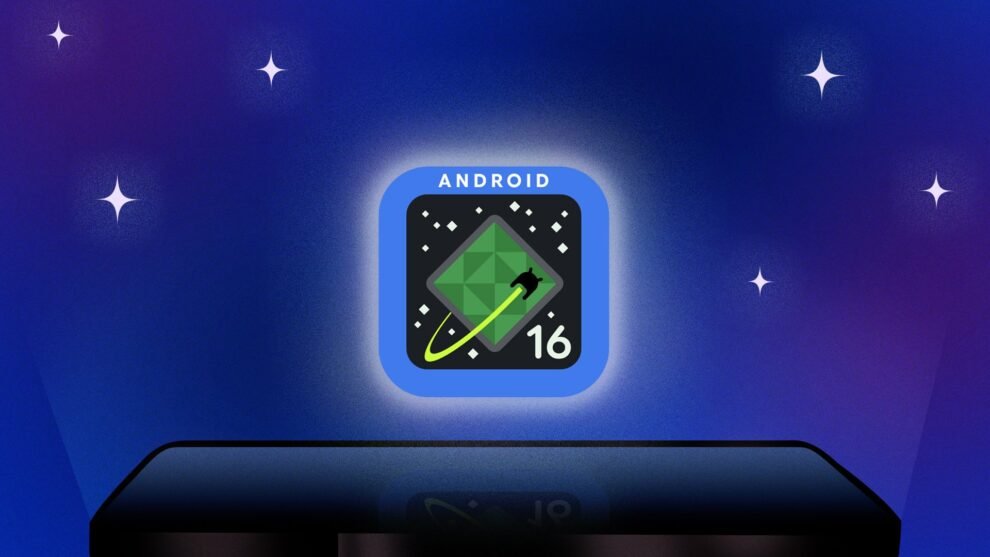

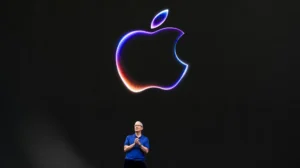
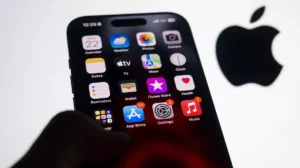

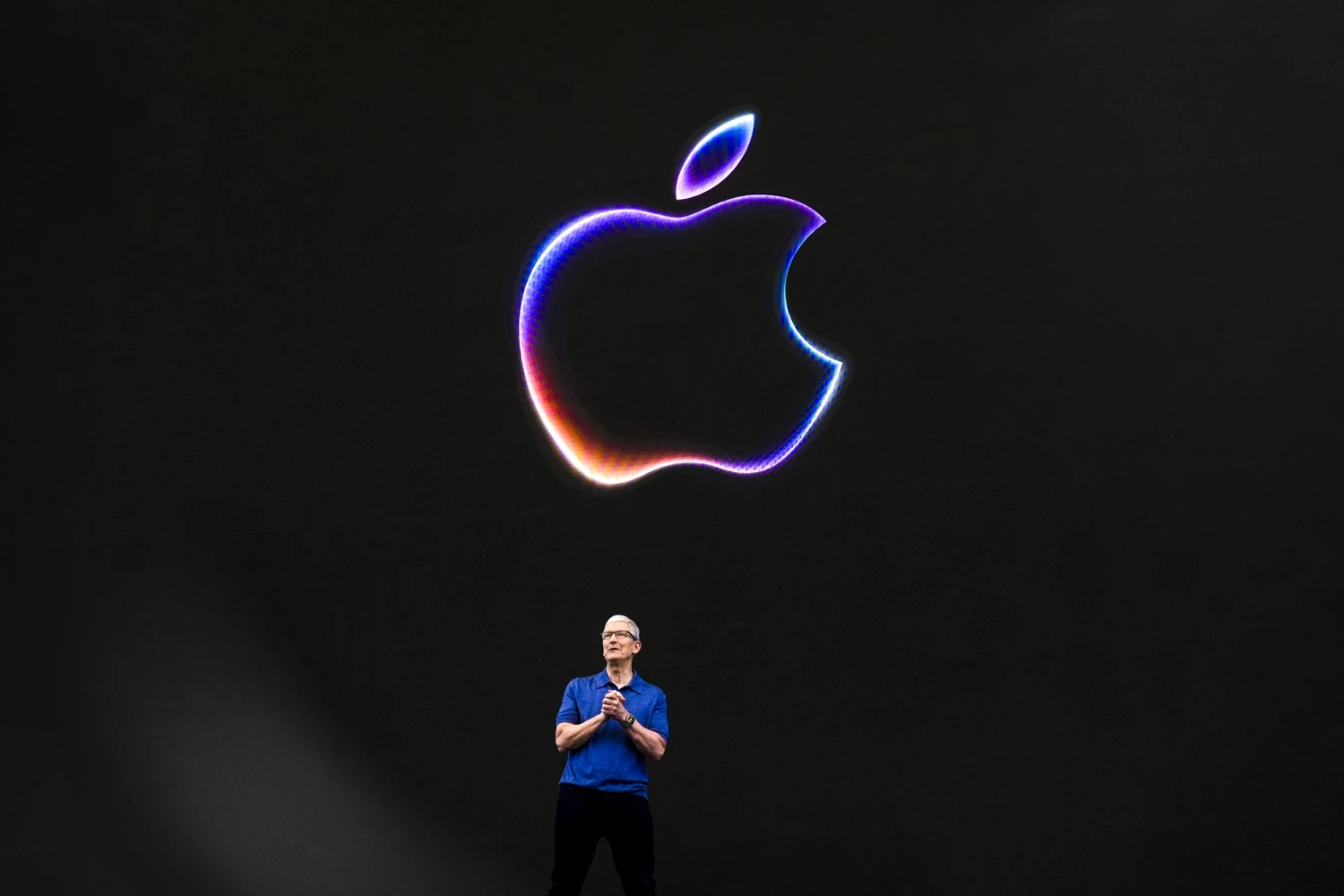
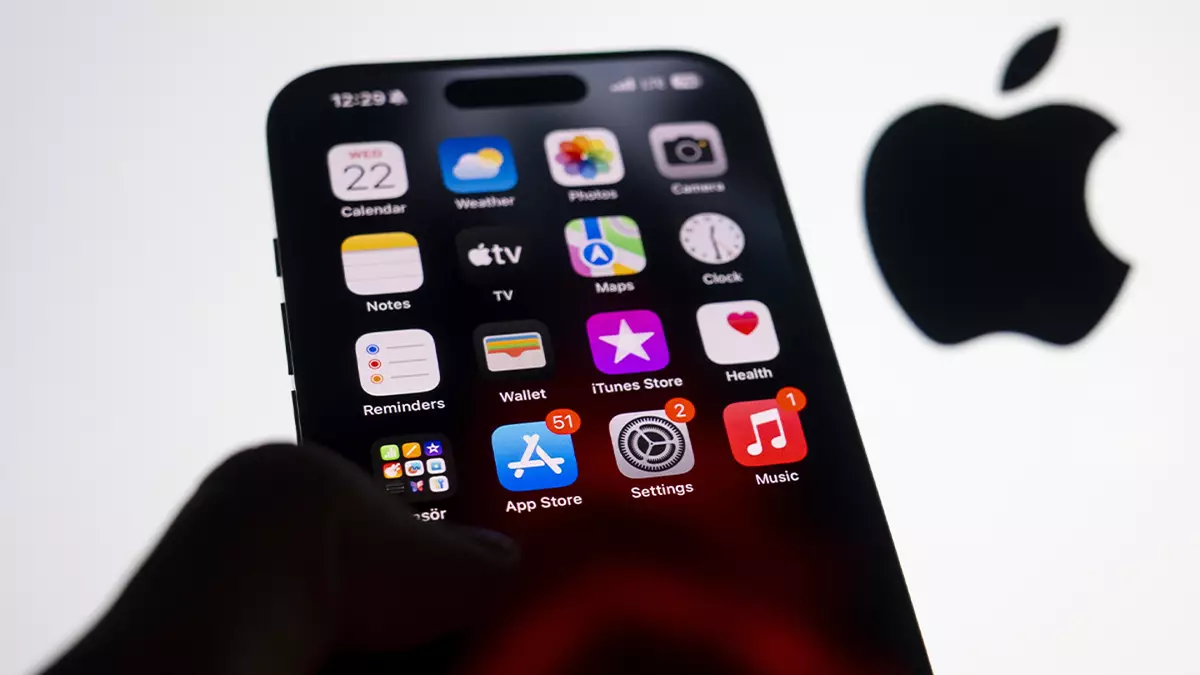
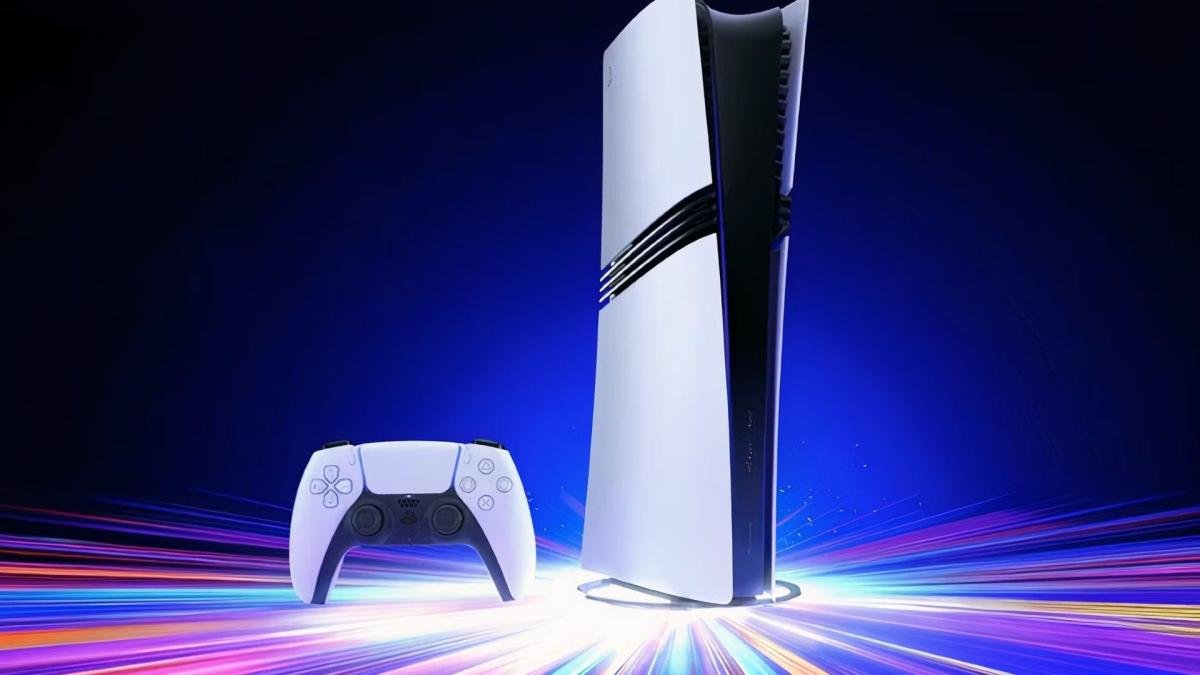
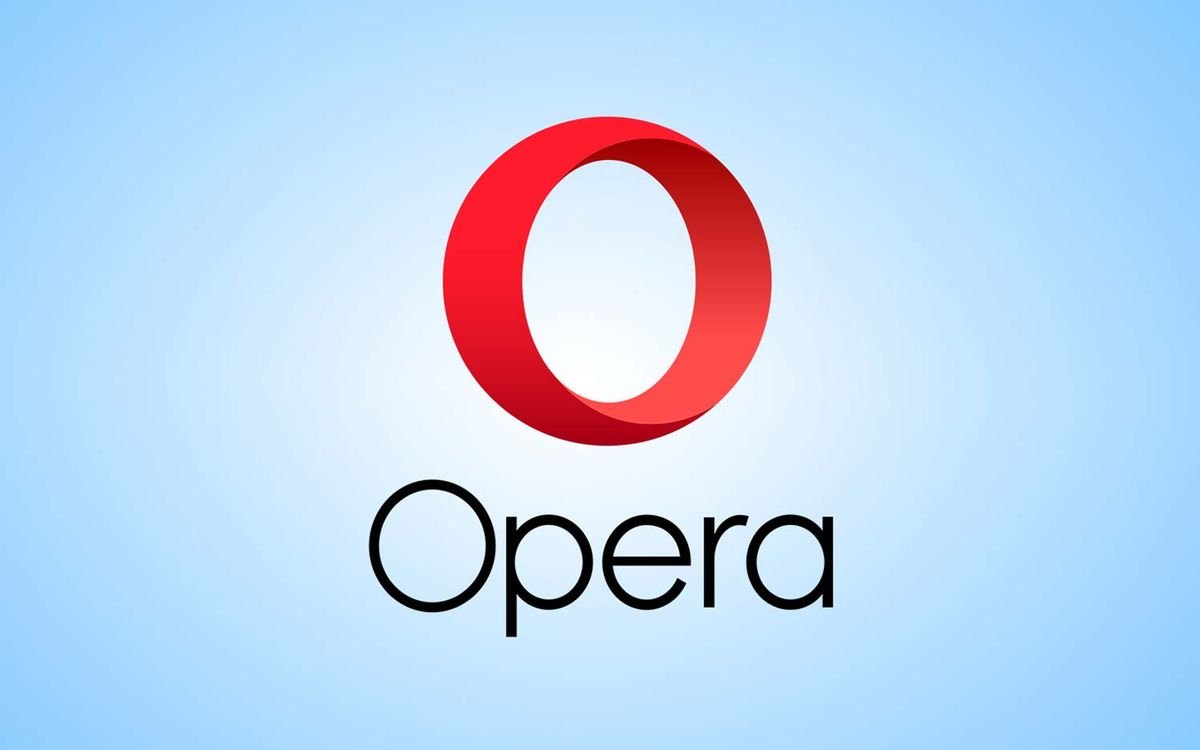
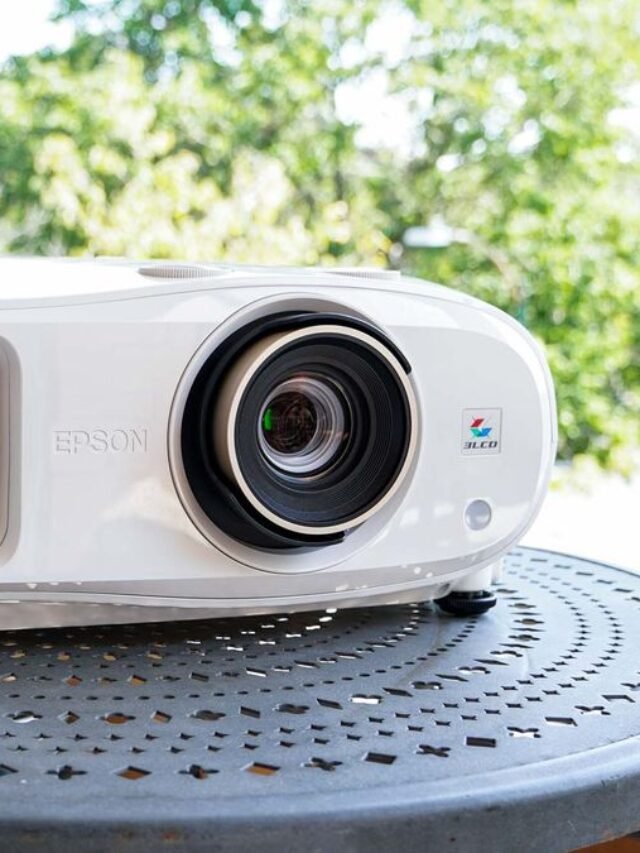
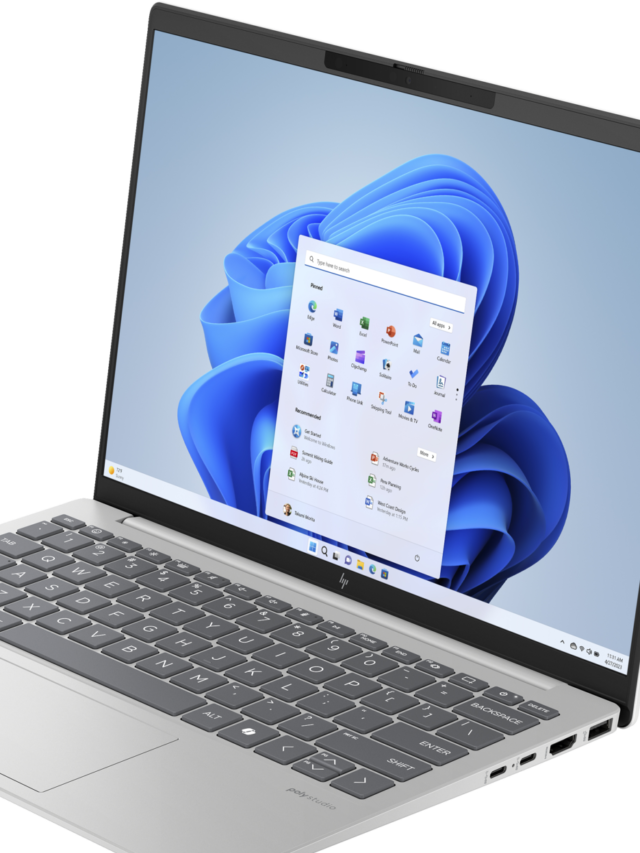
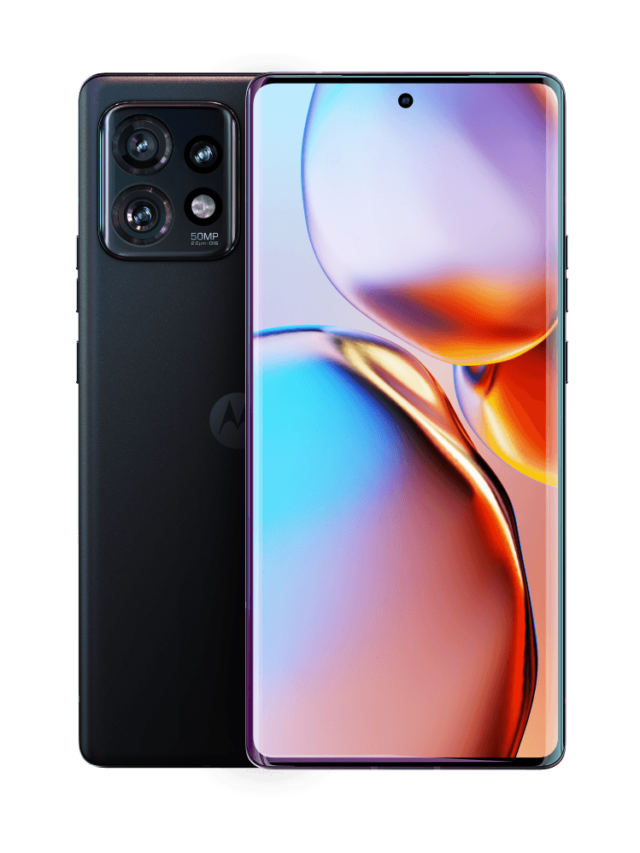
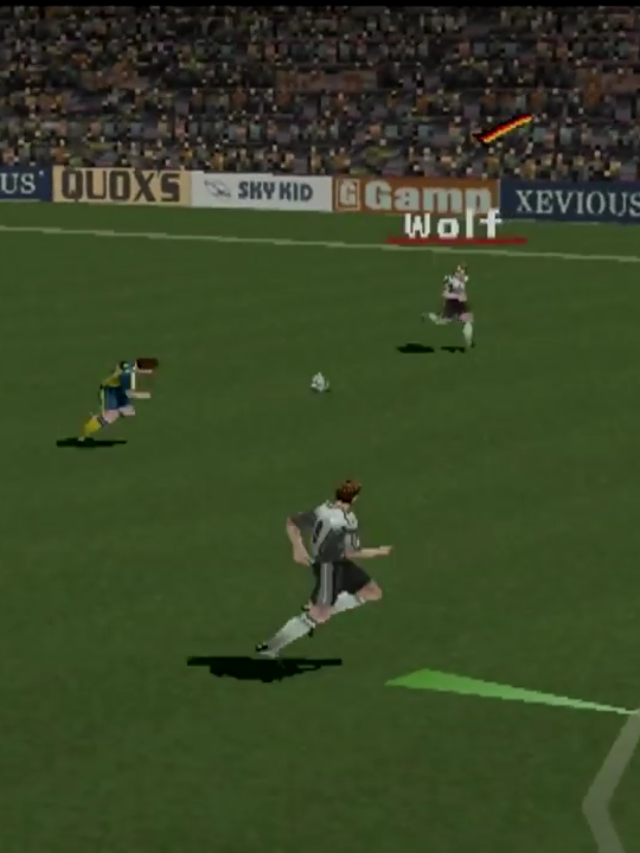


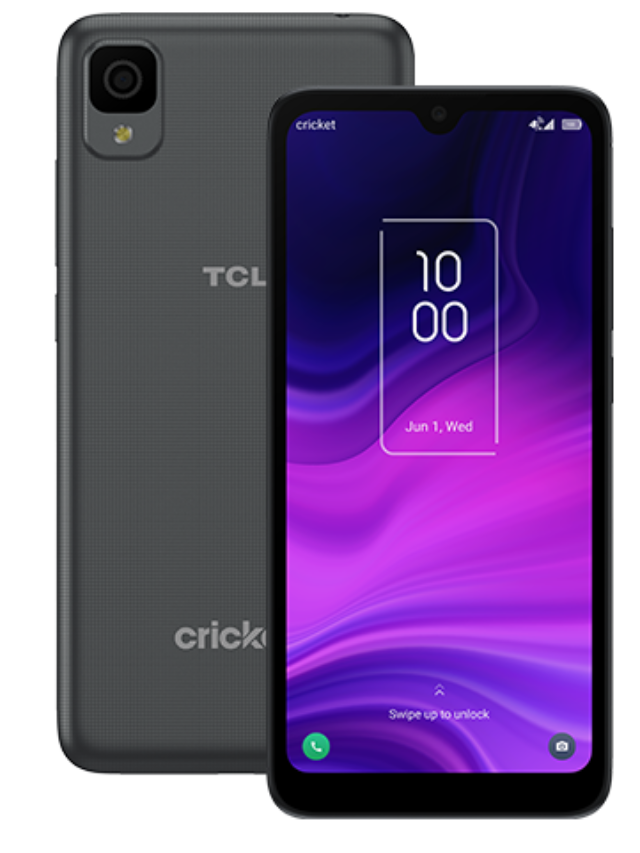

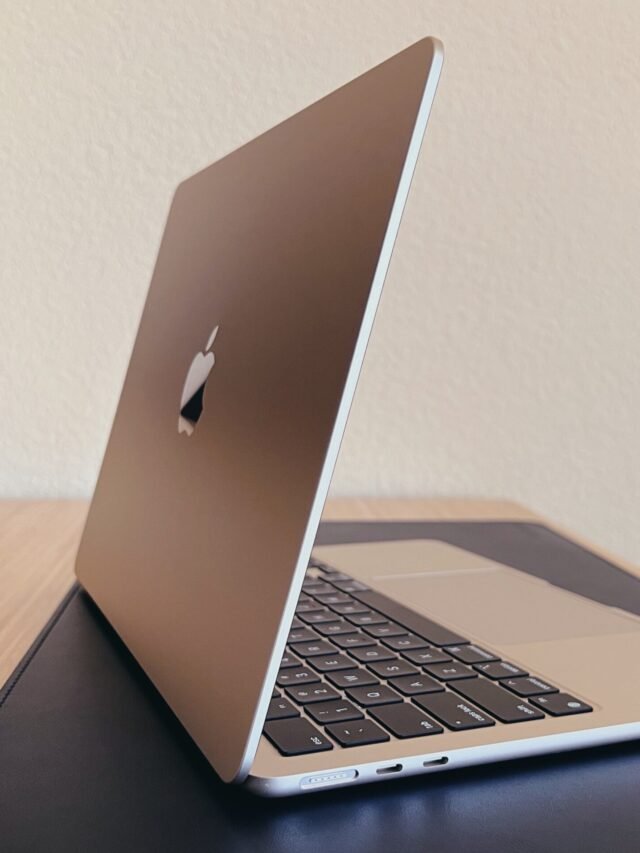
Add Comment